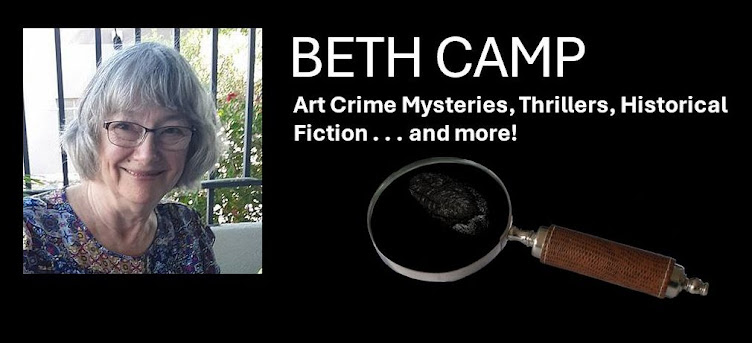 |
| C. W. Jeffreys, "The Descent of the Fraser River" (1808) Source: Wikipedia |
It's 1846, and around the bend comes a flotilla of canoes and boats at full paddle, the men singing loudly in French, the ribbons on their hats flying. They bring mail, those trade goods you ordered six months ago, visitors, perhaps a priest or missionary, and news of the outside world.
When we lived in Oregon, we visited Fort Vancouver fairly often, in the summers now, a living history museum that lovingly recreates what once was reality for many, complete with Chief Factor's house, outbuildings, the palisades enclosing the fort, period gardens, and the Village nearby, home to a motley crew of French, Scots, Sandwich Islanders, Chinook and Cree.
Last summer, we traveled to Canada to visit Calgary, Banff and Jasper, and the highlight, Fort Edmonton. Canadian artist Paul Kane painted this romantic version of Fort Edmonton, perched on that glorious hill. But what an oasis in the wilderness, Fort Edmonton must have seemed, especially for those who visited Chief Factor John Rowand who built the Great House there, dubbed Rowand's Folly for its sheer size.
 |
| Paul Kane: Fort Edmonton on high ground above the North Saskatchewan River, (Wikipedia) |
I've dreamed of setting foot at far-flung York Factory, that outpost on Hudson's Bay itself, a land of nine months of winter and three months of mud and mosquitos. Did I mention polar bears? York Factory, today largely abandoned, is accessible by small airplane and guided tour. I've visited York Factory many times in my imagination, aided by internet resources, books, and the chatty, gossipy letters of Letitia Hargrave, wife of the Chief Factor there in the 1840s, so many years ago.
All these are folded into my current work-in-progress, Rivers of Stone, that tells the story of one woman's trek across Canada in the 1840s.
Meanwhile, check out what others are posting in this month-long A to Z Blogging Challenge.


No comments:
Post a Comment